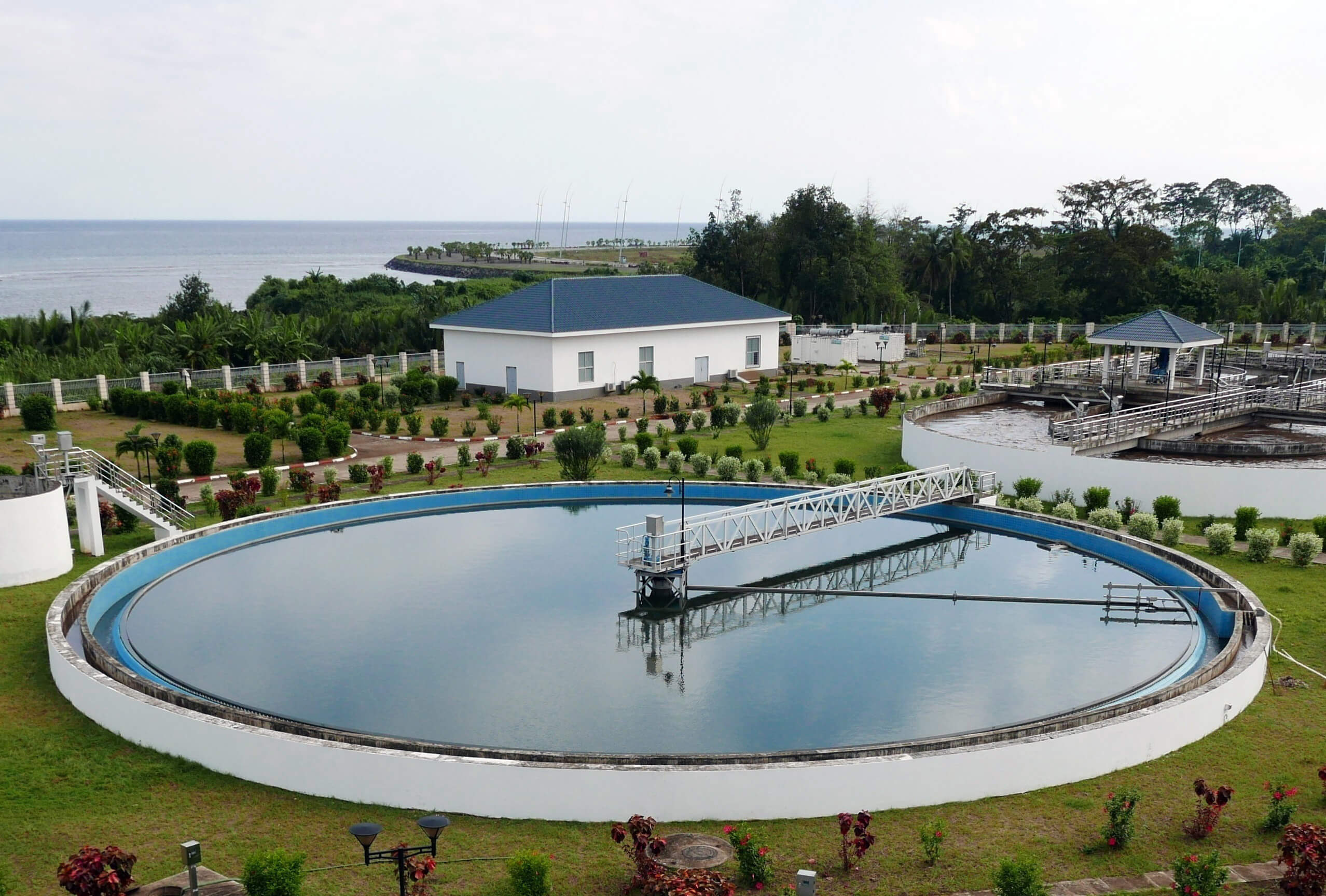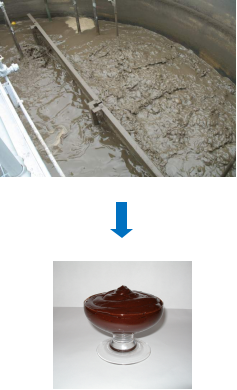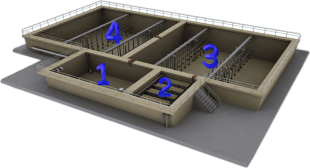Application field
Application of silicon carbide fat sheet membrane in sludge thickening
 Background
Background
Sludge thickening is the basic premise of sludge stabilization treatment. At present, municipal wastewater treatment plants mainly use gravity concentration, air flotation concentration and ion concentration to achieve sludge thickening. However, there are still many problems in the application of these thickening technologies, such as the sludge floating easily in gravity concentration, and the high operation and maintenance costs of air flotation concentration and ion concentration, which restrict our country to a certain extent Sludge stabilization treatment. The flat membrane sludge thickening process uses the efficient interception of flat membrane to realize sludge concentration and reclaimed water reuse.
The application of SiC flat membrane in sludge concentration and reduction has two main ways:

1.The concentration of sludge in the first sludge thickening tank is separated by using a silicon carbide membrane
It can reach 5g / L at most. Instead of gravity concentration, air flotation concentration and other concentration processes;
2.The source of sludge reduction, activated sludge process into the "membrane concentration aerobic digestion system" process for treatment, the amount of sludge
Moreover, the filtrate produced by membrane concentration can meet the discharge standard.
Advantages of membrane sludge thickening

1. Green technology
No need to add polymer; reduce the consumption of chemicals and sludge disposal costs.
2. Saving floor space
Smaller concentration tank volume; faster construction cycle.
3. Intelligent operation
The monitoring parameters of the system are few;
Convenient operation and maintenance, reduce labor costs.
4. High quality penetrant
High quality permeate can be produced at the same time of sludge thickening, and then discharged after mixing with the production liquid of activated sludge process
Membrane concentration Aerobic digestion system

1: anoxic pool;
2: membrane concentration tank;
3: the primary aerobic tank;
4: the secondary aerobic tank.
The aerobic digestion system of membrane concentration is mainly composed of four parts in the figure above: anoxic tank, membrane concentration tank, the primary aerobic tank and secondary aerobic tank.
The main process flow are as follows:
The sludge from the activated sludge process is discharged into No. 1 tank; the sludge from No. 1 tank is discharged into No. 2 tank for concentration, and the sludge after membrane concentration is discharged into No. 3 aerobic tank; part of the sludge from No. 3 aerobic tank is returned to No. 1 tank and part of it is discharged into No. 4 tank; the sludge from No. 4 tank is discharged to the subsequent sludge disposal process, such as centrifugation and pressure filtration.
As a supplement of activated sludge process, membrane concentration aerobic digestion system can further digest nitrogen and phosphorus in liquid phase and solid phase of waste sludge, and reduce the amount of waste mud by more than 40%. The high-quality permeate filtered by silicon carbide flat membrane in membrane concentration tank can be directly discharged. The final concentration of sludge discharged from the aerobic digestion system of membrane concentration can reach 5g / L, and no polymer is added in the whole process. It is a revolutionary green technology and an environmental protection technology of sludge source reduction.

 English
English 中文
中文






